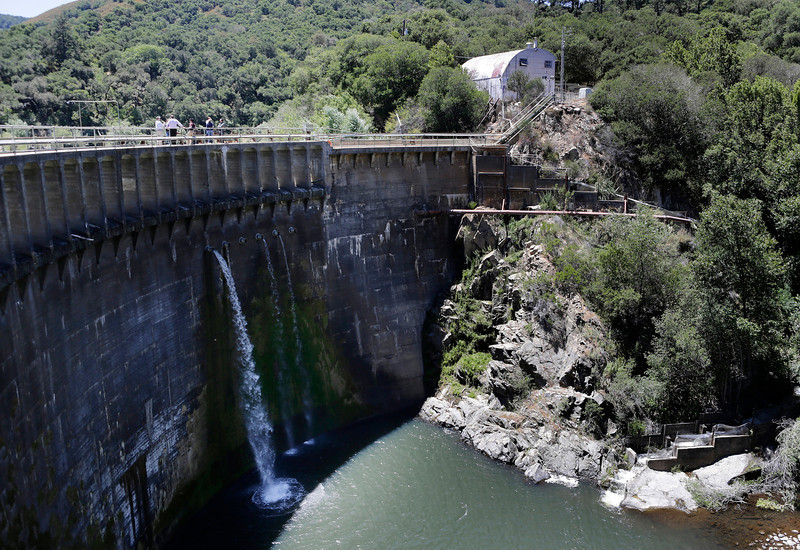Bathing in Well Water With Arsenic
by Gene Franks
Is it safe to shower in water that is contaminated with arsenic?
Most authorities who address the issue of the uptake of arsenic through the skin are pretty clear on the issue. Here are some examples:
Only a minimal amount of arsenic is absorbed through the skin.– Virginia Dept. of Health.
Arsenic is not easily absorbed through the skin. — Maryland Dept. of Health.
For most people, the largest source of arsenic is in the food we eat. Most foods, including vegetables, fish, and seafood, contain some arsenic. Arsenic in groundwater can enter the body by drinking the water or by eating food cooked in the water. Arsenic does not evaporate into the air and is not easily absorbed through the skin. — Illinois Dept. of Public Health.
Generally speaking, the main routes of contamination for people who are not exposed to arsenic in their work (occupational exposure) are drinking water first, followed by food. Absorption through the skin seems to be minimal, so arsenic exposure through hand washing, laundry, bathing, etc. is not considered to be a problem. — University of Maine.
Neither the National Research Council (1999) or the Agency for Toxic Substances and Disease Registry (2000), nor the additional literature searches, identified any controlled studies of inorganic arsenic absorption through human skin. New Jersey Department of Environmental Protection.
Historical studies indicate that skin absorption of arsenic is negligible, so handwashing and bathing do not appear to pose a known risk to human or animal health. Greg Reyneke, MWS, Water Conditioning and Purification Magazine, November 2021.
The statements above are typical. Some sources do note, however, that trivalent arsenic (arsenite) can pass through the skin much more easily than pentavalent arsenic (arsenate). A couple of sources say, in fact, by a factor of as much as 60:
Dermal uptake of arsenic has been underestimated up to now based on low permeability of arsenate. A new study finds that uptake of arsenic as arsenite or dimethylarsinic acid is a factor of 29 and 59 higher than that of arsenate. — Evisa.
Trivalent arsenic is well absorbed through the skin and is 60 times more toxic than pentavalent arsenic, which is well absorbed by the gut.[1] Arsine gas is highly toxic.– Patient. (A UK health professionals reference site.)








